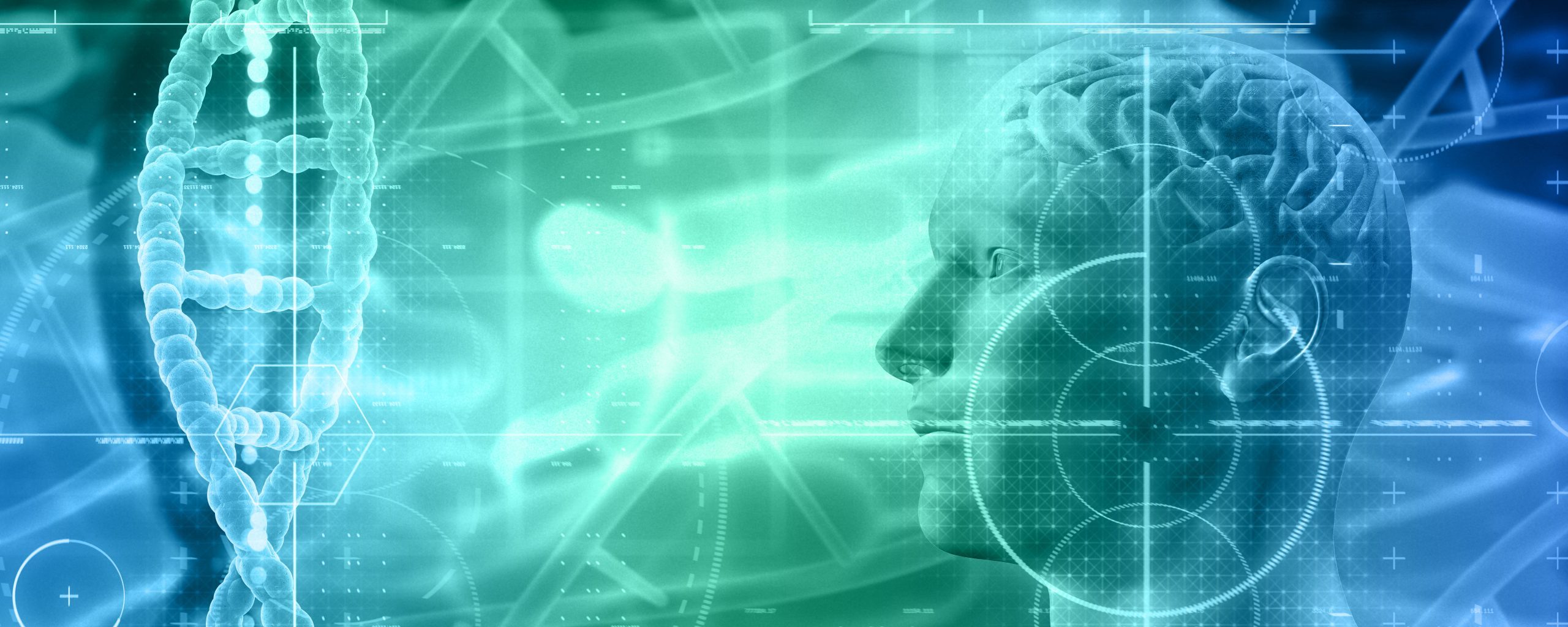Revealing the mechanisms linking oro-sensory signalling, mastication, attention and satiation under laboratory and real life conditions.
More than half of the adult population in the industrialised world is either overweight or obese, and the prevalence of obesity in children is increasing to dramatic proportions. The problem of obesity has, at least in part, been attributed to an obesogenic food environment which offers an enormous variety of palatable, energy dense, foods which can be consumed quickly.
Obesity is associated with both an increased risk of chronic disease at the individual level, and significant elevations in healthcare costs at the societal level (~2-4% national health-expenditure). To-date, sub-optimal eating habits have been resistant to most interventions, and levels of obesity continue to rise.
This project investigates the mechanisms linking mastication and attention to satiation and enables activities that could directly reduce the prevalence of unhealthy eating habits including overeating. The results can be applied immediately by both the food industry and public health practitioners to benefit the health and wellbeing of the individual as well as the sustainability and health of society. Additionally, the project will inform future product or strategy development by determining the relative contribution of different oral processing and attention factors for satiation.
Project Objectives
- To disentangle the effects of oro-sensory signalling and mastication on satiation through the study of cephalic-phase responses, and peripheral (hormones) and central (fMRI) biomarkers of satiation (WP1).
- To elucidate the effects of distraction on satiation by identifying its effects on oro-sensory processing and value-based choices, using peripheral (hormone) biomarkers of satiation and fMRI (WP2).
- To validate these lab findings in a real life setting with the help of smart-phone applications (WP3).
- To integrate all measures in a model system predicting satiation in the lab and at home.
Speed of eating
Foods which can be consumed quickly are implicated in the over-consumption of energy. This overconsumption is associated with both a lack of chewing and/or a lack of oro-sensory signalling which weakens the cephalic phase responses which determine meal termination. The separate roles of mastication and oro-sensory stimulation in the cephalic-phase response, and the role of the various cephalic-phase responses in the processes underlying satiation are poorly understood.
Distraction
People often eat while they are doing other things such as watching television, having conversations, driving, or walking. This type of “mindless” or “distracted” eating has been shown to be causally related to the overconsumption of food and is linked to disturbances in the normal processes of satiation and satiety. However, the neuropsychological and neurobiological mechanisms underlying the effects of distraction and attention on satiation are poorly understood.
Enabling technologies
The most widely used technique to measure patterns of brain activation is functional magnetic resonance imaging (fMRI). However, fMRI studies are typically carried out under experimental conditions that are highly artificial. Therefore, the use of fMRI alone might provide data of insufficient ecological validity and might limit our understanding of real-life eating behaviour, which is the natural target of consumer science and public health policy.
This project integrates laboratory-based and reality-based data to provide a better understanding of eating behaviour as expressed in the complex environment we face in our daily lives. Data is collected in two ways: (1) using conventional neuroimaging technology (fMRI), and (2) using ecologically-valid, day-to-day, measurements of eating behaviour collected using a portable, smartphone-based system. This enables investigations of the degree to which the different fMRI responses predict daily food intake and feelings of meal pleasantness and satiation.






